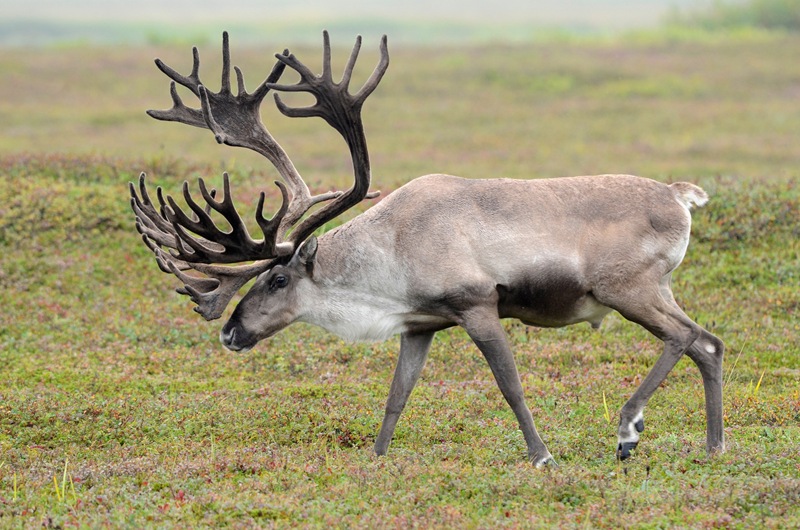In Kamchatka, wild reindeer listed in the Red Book are forced to seek salvation from hordes of blood-sucking insects in the waters of the Pacific Ocean and on snowfields. This unusual behavior is associated with the seasonal vulnerability of animals during the period of active growth of horns, known as antlers, the press service of the Kronotsky Reserve reports.

At this time, the young antlers of deer are permeated with blood vessels, which makes them hot and especially attractive to wildebeest. Since antlers are not yet covered with thick fur and are incredibly sensitive to pain, the animals cannot defend themselves in the usual way, for example, shaking off insects by rubbing against tree branches. Any careless movement can lead to serious injury to the delicate appendages.
To minimize insect attacks, deer show wonders of ingenuity. They choose windswept slopes and open spaces for recreation, go out to the snowfields left over from winter, where the air temperature is lower and the activity of bloodsuckers is falling. Animals often enter rivers, lakes, and even the salty waters of the Pacific Ocean. Only as a last resort can males afford to gently scratch their growing horns with their hind legs. Females suffer from this problem to a lesser extent, as their horns are much smaller, begin to grow later and form faster.
The Kronotsky Nature Reserve is home to the only large group of wild reindeer in Kamchatka, known as the Kronotsko-Zhupanovskaya. Its population is estimated at about 800 individuals today. These animals belong to the Okhotsk subspecies, but genetic studies have revealed their unique differences from their relatives from neighboring regions. The unique Kamchatka population is listed in the Red Book of Russia as endangered.
A special project has been launched in the Kronotsky Nature Reserve since 2024 to protect and preserve this rare species. The Conservation of Ecological Systems of the Far East and Siberia Charitable Foundation provides important support in this work.